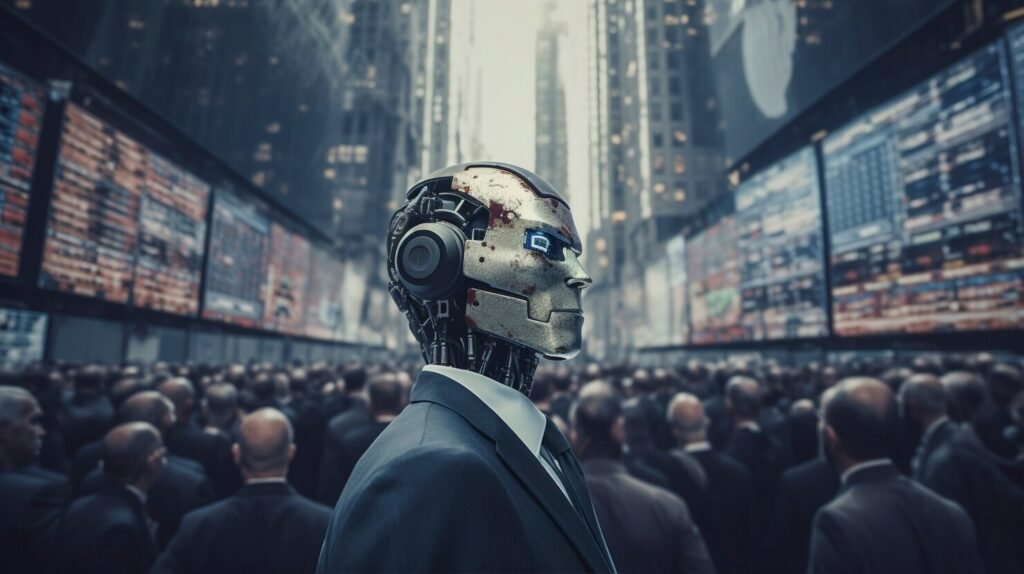The development of the humanoid robot, in the recent past, has accelerated at a pace without precedence. These robots, designed in the likeness of humans in form and behavior, are going to revolutionize sectors such as healthcare, education, entertainment, and personal assistance. The million-dollar question that arises as we move ahead in this field is, Are we creating our own competition?
The Rise of Humanoid Robots
Humanoid robots are no longer a product of science fiction. Companies leading this technological revolution include Boston Dynamics, Hanson Robotics, and Tesla. Take the case of Boston Dynamics: Atlas is a bipedal robot that can do many complex tasks, like parkour and backflips1. Another social humanoid robot is Hanson Robotics’ Sophia, who has gained worldwide recognition for being able to realize advanced social interactions2. Another example of how great an extent we have progressed to is Tesla’s Optimus, built to realize repetitive and dangerous tasks3.
Applications to Various Domains
Healthcare
Humanoid robots in healthcare are truly invaluable. They assist in surgeries, look after the elderly, and can also be used for support in rehabilitation. Robots such as Toyota’s T-HR3 can do various tasks like assisting humans at work in a medical facility and guarantee accuracy with reduced possibilities of human error2.
Education
They can also be found within the educational sector as teaching assistants, re-engaging children with interactive learning and giving personalized tutoring to the kids. Some such robots are capable of handling special children too. While integrating into the educational system is not just about teaching, it’s about making the environment of learning more engaging.
Entertainment
The humanoid robots are also being vastly utilized in the entertainment sector. The robots have been doing their job from theme parks to movies by engaging in creating an experience through the capabilities of stunt performances, visitor interactions, and even acting in movies. Here the possibilities become endless, while the effect is quite profound to the entertainment industry.

The Ethical Dilemma
These strides in humanoid robotics are no doubt pleasing, but they also raise certain ethical concerns. The major inclusion in this list may be the displacement of jobs. It is feared that the more capable robots become, the more the cases of unemployment because of replacement by robots will be. Not only that, but there are many concerns regarding privacy and security as far as robots working in a person’s private space are concerned.
Are We Creating Our Own Competition?
The question of whether we are really creating our competitors is tough to answer. On the one hand, humanoid robots offer the ability to execute tasks that are dangerous, repetitive, or those which require precision beyond human capabilities. On the other hand, there lurks a fear that these robots will excel in abilities that are beyond human capabilities and end up robbing people of their jobs—thus wreaking havoc on economic and social levels.
Conclusion
They are evidently one of the great technological advancements, able to change many sectors and bring enhancement in the quality of life. As we grow in developing these robots, there is a dire need to take up ethical issues and make sure that they complement the human skills instead of competing with them. There is a bright future for humanoid robotics if dealt with care and responsible development.
Read: From ChatGPT to Gemini: The AI Revolution on the Internet






